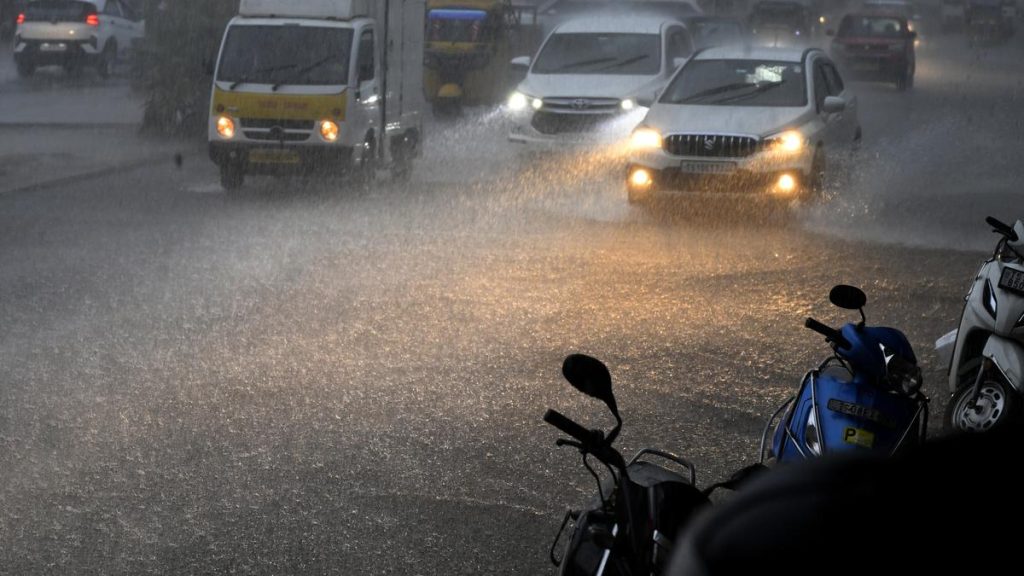Now Reading: Deep Ground Cracks Trigger Evacuation in Kerala’s Kasaragod, Soil Piping Suspected
-
01
Deep Ground Cracks Trigger Evacuation in Kerala’s Kasaragod, Soil Piping Suspected
Deep Ground Cracks Trigger Evacuation in Kerala’s Kasaragod, Soil Piping Suspected

Speedy summary
- Deep cracks, reportedly over two metres deep, have formed at Kajaey in Vorkady panchayat, Kasaragod district, Kerala.
- The cracks have caused land collapse and raised safety concerns among residents.
- Authorities evacuated the area as a precautionary measure on July 18, 2025.
- Revenue and disaster management officials inspected the site to assess the situation’s gravity.
- Hazard analyst P.A. Shilpa linked the phenomenon to “soil piping” (subsurface soil erosion), where underground tunnels or channels erode due to water movement beneath the surface.
- Quarrying activities may also contribute due to vibrations that accelerate crack formation, according to experts.
- A prior report had deemed Kajaey an unfit location for habitation due to these risks.
Indian Opinion Analysis
The ground fissures in Kasaragod reflect critical environmental vulnerabilities tied with both natural processes like soil piping and human activities such as quarrying. While evacuation ensures immediate safety, this event highlights broader issues of enduring land-use planning and disaster preparedness in ecologically sensitive zones of India like Kerala’s Western Ghats region-already prone to landslides and similar hazards.
Remedial measures must involve a multi-stakeholder approach-combining scientific analysis with stricter regulation of quarrying-and also early warning systems for high-risk areas deemed unsuitable for habitation by experts’ reports.
Read more: The Hindu























